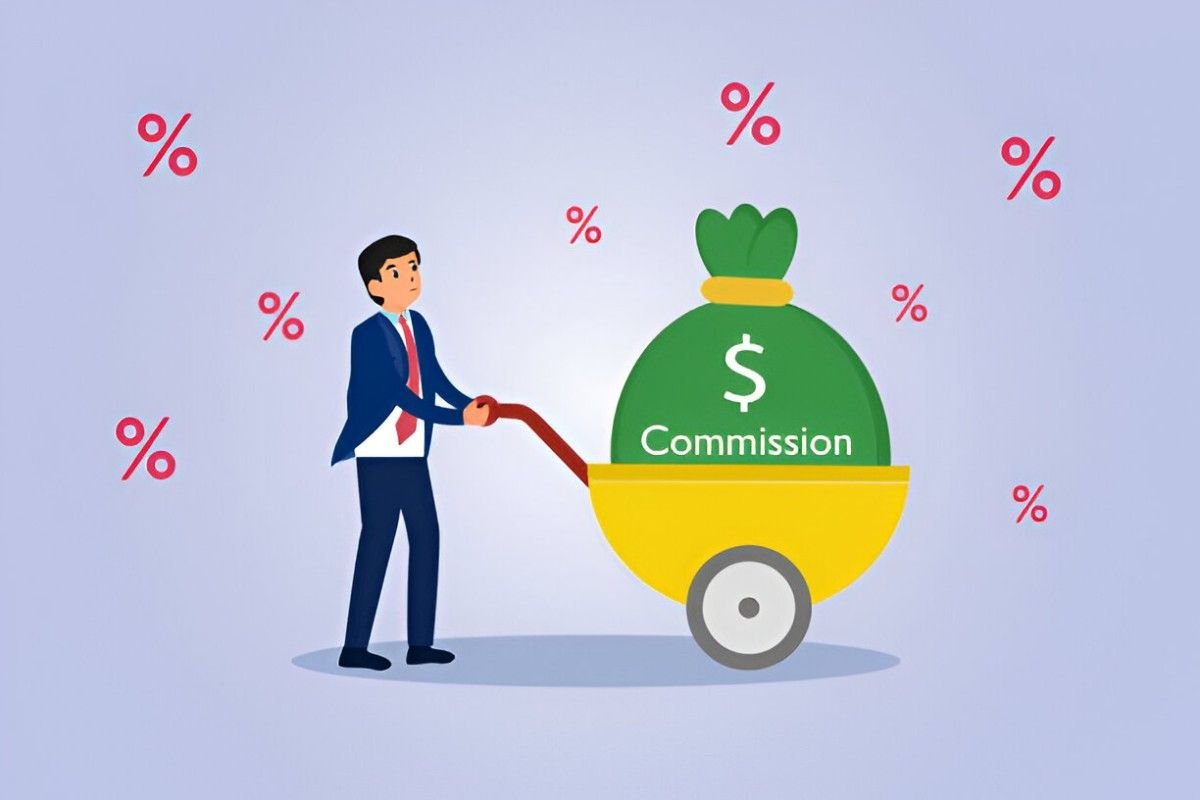Sales intermediaries play a crucial role in financial markets, yet their compensation structures often remain opaque. One such role, the Half-Commission Man, has existed for decades but remains poorly understood outside niche circles. In this article, I break down who these intermediaries are, how they operate, and why their role matters in modern finance.
Table of Contents
Who Is a Half-Commission Man?
A Half-Commission Man (HCM) is a sales intermediary who facilitates transactions between brokers and clients while earning a split of the commission. Unlike full-fledged brokers, they don’t hold securities licenses but act as middlemen, connecting buyers and sellers in exchange for a portion of the trading fees.
Historically, HCMs thrived in over-the-counter (OTC) markets where transparency was low and personal relationships dictated trades. Even today, they operate in certain segments, such as private securities, illiquid assets, and specialized debt markets.
How Compensation Works
The term “half-commission” is somewhat misleading because the split isn’t always 50-50. The actual percentage varies based on negotiation, deal size, and market conditions. The formula for an HCM’s earnings can be expressed as:
Earnings = (Commission\ Rate \times Trade\ Value) \times Split\ PercentageFor example, if a broker charges a 2% commission on a $100,000 trade and agrees to a 60-40 split with the HCM, the math would be:
Earnings = (0.02 \times 100,000) \times 0.40 = 2,000 \times 0.40 = \$800The broker keeps $1,200, while the HCM earns $800.
The Role of Half-Commission Men in Modern Finance
While electronic trading reduced the need for traditional intermediaries, HCMs still serve key functions:
- Access to Illiquid Markets – Some assets trade infrequently, and brokers may lack the network to find buyers or sellers efficiently.
- Specialized Knowledge – Certain niches (e.g., distressed debt, private placements) require deep expertise that generalist brokers lack.
- Regulatory Arbitrage – In some cases, HCMs operate in regulatory gray areas, allowing brokers to offload compliance burdens.
Comparison: Full Broker vs. Half-Commission Man
| Feature | Full Broker | Half-Commission Man |
|---|---|---|
| Licensing | FINRA-licensed | Unlicensed intermediary |
| Compensation | Full commission | Split commission |
| Client Interaction | Direct | Indirect |
| Regulatory Oversight | High | Minimal |
| Market Focus | Exchange-traded securities | OTC, private deals |
Legal and Ethical Considerations
HCMs operate in a regulatory gray zone. The SEC and FINRA don’t explicitly ban them, but their activities can raise red flags if they:
- Act as unregistered brokers – Under Section 15(a) of the Securities Exchange Act, anyone engaged in regular securities transactions must register.
- Engage in fraudulent practices – Since HCMs aren’t directly supervised, some may misrepresent deals or conceal risks.
A 2017 SEC enforcement action (SEC v. Alpine Securities) highlighted cases where unregistered intermediaries facilitated illegal penny stock sales, leading to hefty fines.
Mathematical Modeling of HCM Profitability
To assess whether using an HCM makes financial sense, brokers often weigh costs against benefits. A simplified cost-benefit model looks like this:
Net\ Benefit = (Additional\ Revenue\ from HCM) - (Commission\ Split) - (Compliance\ Risk\ Cost)If a broker expects an HCM to bring in $50,000 in extra trades with a 40% split and estimates a $10,000 compliance risk, the net benefit is:
Net\ Benefit = 50,000 - (0.40 \times 50,000) - 10,000 = 50,000 - 20,000 - 10,000 = \$20,000This suggests a positive ROI, but the compliance risk remains a wild card.
Case Study: HCMs in Private Equity Placements
Private equity firms sometimes use HCMs to source high-net-worth investors. Suppose a firm needs to raise $5 million for a startup. A broker may charge a 5% placement fee ($250,000) and share 30% ($75,000) with an HCM who connects them with investors.
While this speeds up capital raising, it also introduces risks—such as the HCM exaggerating returns to lure investors. The 2018 SEC v. Banc de Binary case showed how unregulated intermediaries sometimes mislead clients, resulting in legal repercussions.
The Future of Half-Commission Men
As financial markets evolve, the HCM’s role may further diminish due to:
- Automation – AI-driven matching reduces the need for human intermediaries.
- Tighter Regulations – The SEC has increased scrutiny on unlicensed brokerage activities.
- Disintermediation – Platforms like Yieldstreet and Republic allow direct investing without middlemen.
However, in opaque markets where relationships matter, HCMs will likely persist—albeit in a more constrained form.
Final Thoughts
Half-Commission Men occupy a unique niche in finance. While their prominence has waned, they remain relevant in illiquid and specialized markets. Understanding their role helps investors and brokers navigate deals more effectively while staying compliant.





